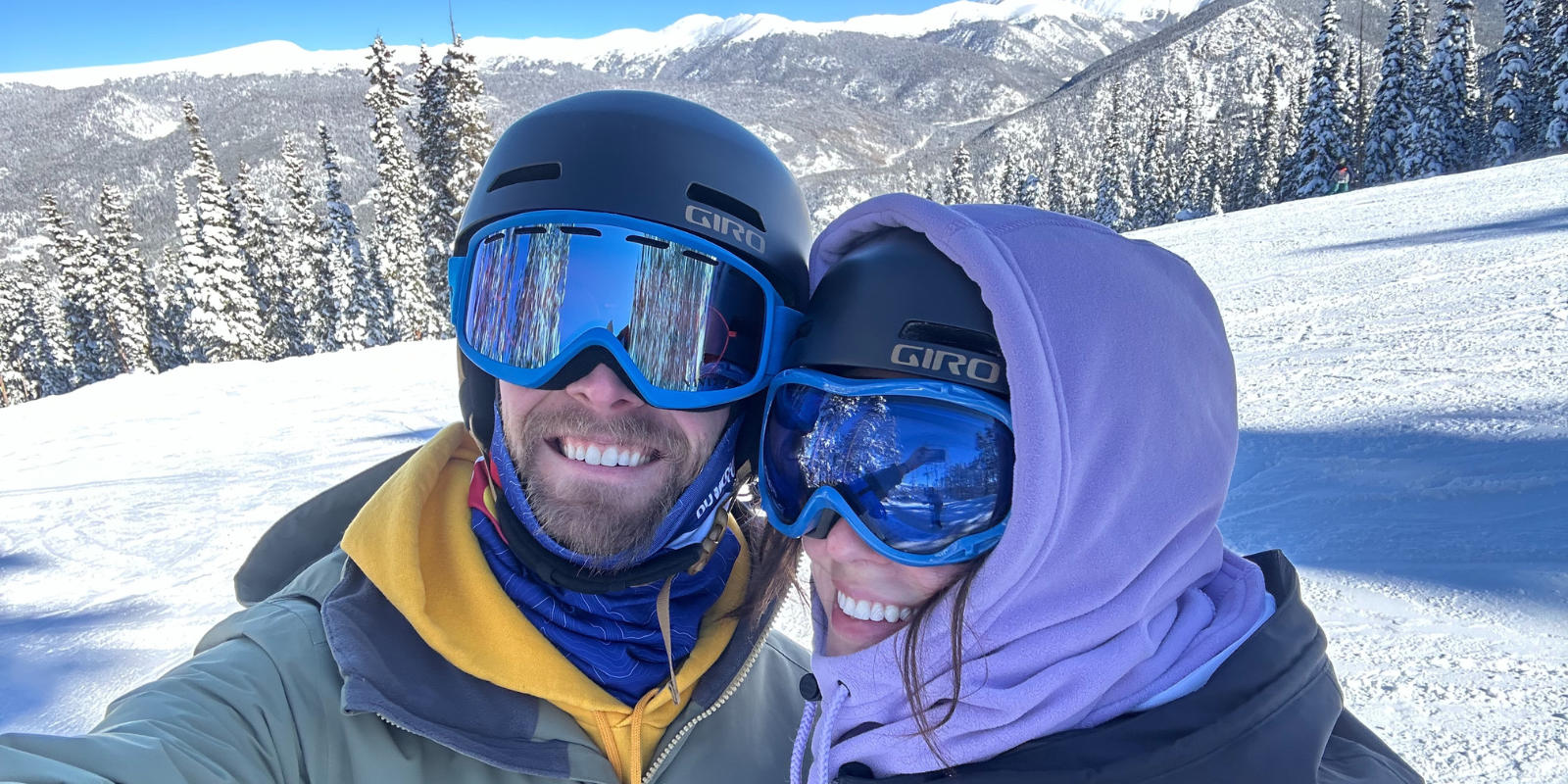When Alex Ford tells people he’s seeing the world with new eyes, he means it. Ford has had severe myopia, or nearsightedness, since childhood. For almost as long as he can remember, his day would begin by stumbling out of bed and fumbling to find his glasses or contact lens kit.
“I couldn’t see past my nose without glasses or contacts,” he recalls in a Tennessee drawl. “I was always asking my optometrists about LASIK at eye exams. Every time I saw a new optometrist, I would bring it up, and ask if there were new developments in LASIK.”
“They would say, ‘you’re super-blind and LASIK is not good for this high of a prescription,’” he says with a laugh.
But after a chance encounter with a fellow myopic attendee at a professional conference, he learned of an alternative – intraocular collamer lens (ICL) implantation. The procedure involves surgically inserting a tiny lens, much like a contact lens customized for a patient’s vision requirements, between the iris and the natural lens of the eye.
A newcomer to Colorado, Ford did research on his own, marveling that ICLs had never been brought up at his previous eye exams. His research led him to book an appointment in early 2022 with Sue Anschutz-Rodgers Eye Center ophthalmologist Michael Taravella, MD, who is also a professor and director of the cornea and refractive surgery service at University of Colorado School of Medicine Department of Ophthalmology.
An eye-opening development in surgical vision correction
Ford’s timing was good. As one of only a handful of eye surgeons performing the ICL procedure in Colorado, Taravella had been following recent developments in ICL design. “The earliest lenses were good but more likely to be associated with complications such as glaucoma or late cataract formatiom,” he says. “In March 2022, the FDA approved an ICL device that offers advantages over early intraocular lenses – and over LASIK.”
Early ICLs, approved by the FDA in 2005, effectively corrected vision impairments, including severe myopia that LASIK cannot correct. However, early ICLs required an additional preoperative procedure, during which the surgeon would perform what is called an iridotomy, making a laser incision in the iris to allow fluid to drain from the front to the back of the eye to prevent increased eye pressure, which can lead to glaucoma.
The new ICL has a built-in microscopic central hole to allow for the fluid drainage, negating the need for an iridotomy. This also improves the circulation of fluid around the natural lens of the eye, decreasing the risk of cataract formation. And unlike LASIK, ICLs do not increase the risk for developing dry eye disease or other conditions related to removing corneal tissue and cutting across corneal nerves. Astigmatism correcting models are also available.
“For a cataract surgeon who also does refractive surgery, offering this procedure is a no-brainer,” Taravella says, noting that the procedure requires a similar skill set and surgical equipment to removing cataracts. “The surgery requires several preoperative visits to take eye measurements, but the procedure itself usually takes less than 10 minutes an eye. Both eyes are generally done at the same visit.”
Myopic no more
Ford was impressed by Taravella’s care and attention from the outset. He had a preliminary examination to discuss whether he was a candidate, followed by several preoperative exams, which he found comforting and helpful for managing expectations.
“Dr. Taravella used plain language and was easy to follow,” he says. “He told me the risks, but he also said he thought it would be good for me.”
The day of the procedure finally arrived in early October.
“The night before, I couldn’t sleep. I was so nervous and excited,” Ford says. “It’s scary to have surgery, but I wanted to have these magical eyes.”
His father drove him to the appointment because he would have to wear eye shields to protect his eyes from infection immediately afterwards. The surgery itself was painless, with minimal discomfort, although Ford admits it was a little strange to feel the surgeon working in his eye. Ford’s voice trembles when he describes the moments after the surgery.
“I was seeing through the fishbowl lenses they tape over your eyes after the procedure,” Ford recalls. “They had little holes to prevent condensation, and I was trying to peer through them. I kept thinking, ‘I swear I have perfect vision. This is crazy! Being able to see with my own eyes for the first time since I was a kid.’”
“Then, the next day, as soon as I got up, I wanted to rip those eye shields off,” he continues. “I wanted to see stuff.”
Ever since, Ford has been shocked and amazed by the stuff he can see. He can roll out of bed without scrambling for eyewear. He now goes outside as much as he can to take in views of the Rocky Mountains, and when he does, he feels the wind in his eyes, a new sensation for him. He was stunned one night when he began cutting an onion and tears came to his eyes – something he’d never experienced while wearing glasses and contacts.
“They say I’m 20/15 in each eye now,” Ford says. “I never even hoped for that. It feels like for the first time in my life I can use my eyes to see the world for what it is.”
Ford wishes he’d known about the alternative to LASIK much sooner and encourages others with severe myopia to see if they, too, are candidates for the procedure.
“It’s empowering,” he says. “For anyone to experience what I’m experiencing – I wish that for everyone.”

.png)
.png)

